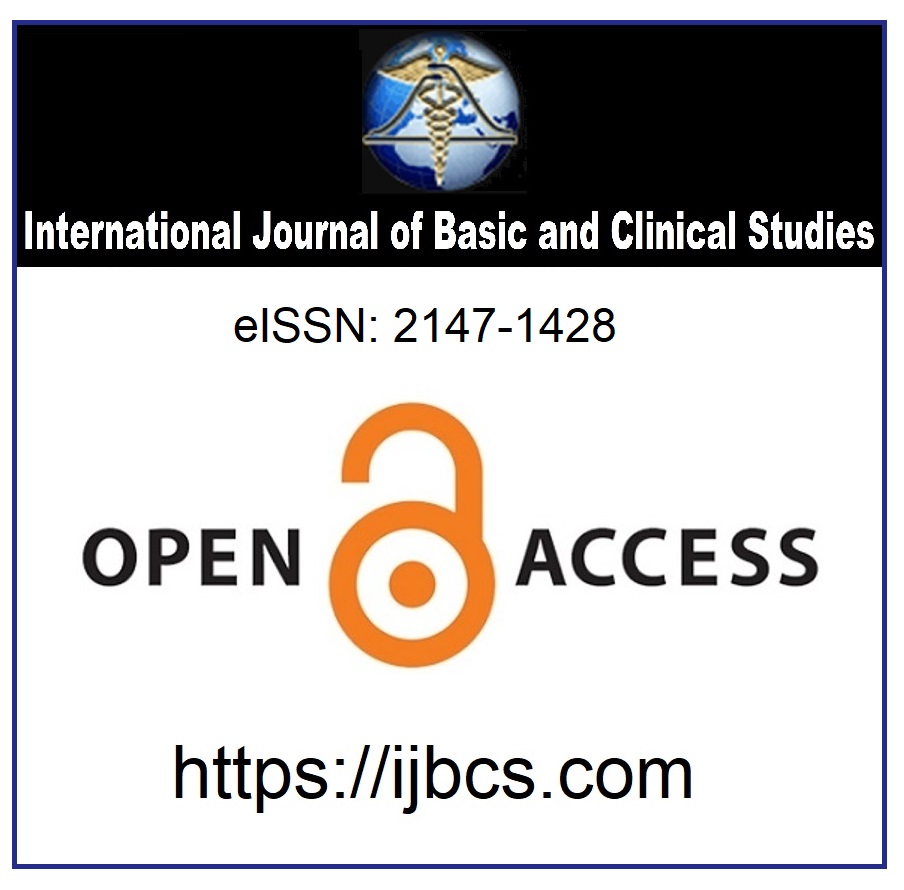Effects of Virtual Reality Applications on Children with Obstetric Brachial Plexus Injury: A Systematic Review
Keywords:
Obstetric brachial plexus injury, Virtual reality, Physical therapy, Rehabilitation, Systematic reviewAbstract
Purpose: To systematically review the effectiveness of virtual reality (VR) applications on children with obstetric brachial plexus injury (OBPI).
Methods: Systematic review of randomized controlled trials including patients with OBPI was conducted on PubMed, Cochrane, Web of Science, and PEDro databases. Methodological quality was assessed by the PEDro score. The outcomes measured were upper limb range of motion (ROM), muscle strength, and functionality.
Results: Four original randomized controlled trials, were published in the English language, with 93 patients included in this systematic review. The interventions, characteristics of the participants, and outcomes were diverse. The largest effect was found when another intervention was combined with conventional physical therapy in the outcomes, with good quality evidence.
Conclusion: The VR applications alone or in combination with physical therapy interventions are effective in improving range of motion, upper limb functions, and muscle strength in children with OBPI. However, studies with a high quality, the larger sample size of patients with OBPI and evaluation of the long-term consequences are required.
Downloads
Published
How to Cite
Issue
Section
License
Copyright (c) 2023 by the Authors

This work is licensed under a Creative Commons Attribution 4.0 International License.



